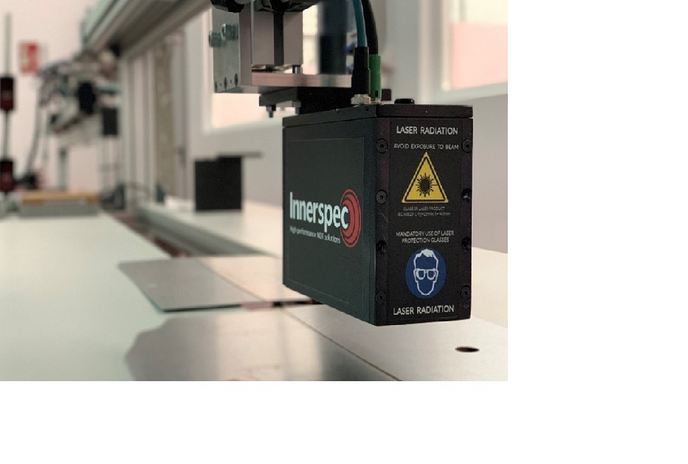Sexual behaviour in female fruit flies
Previous work in fruit flies (Drosophila melanogaster) identified specific genes and neuronal circuits that control sexual behaviour in males, but not in females. Now, as part of the EU-funded 'Innate neuronal circuits' (INC) project researchers have identified the neurons that signal female receptiveness to male sexual advances. The project used a method called laser-guided neuronal tracing to follow the circuits in the female brain that sense the male sexual pheromone cisvaccenyl acetate. INC researchers identified one specific neuronal pathway that was always labeled. Another aspect of the project blocked different neuronal circuits to see the effect on female behaviour. This has expanded their knowledge of the role of specific circuits on receptivity to male courtship. In addition to producing knowledge about neuronal circuits in female fruit flies, INC has selected a collection of fruit fly lines that genetically label neurons involved in female receptivity. This contributes to the overall study of fruit fly genetics and physiology.







